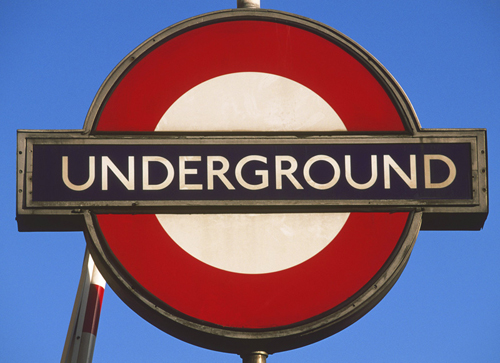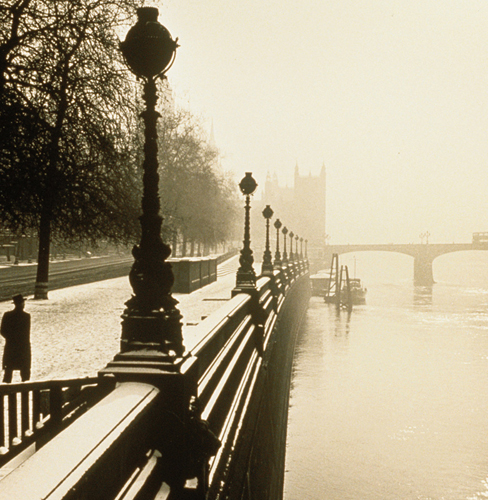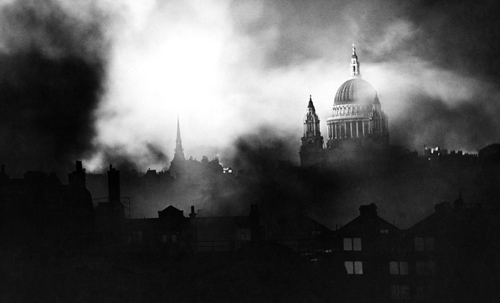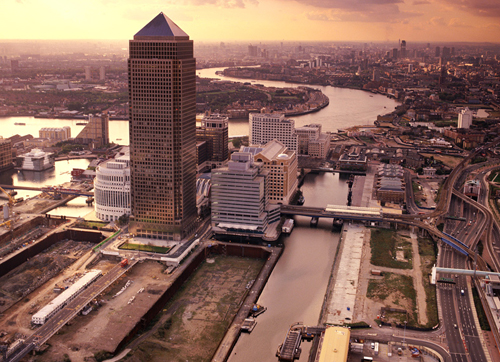AD 43: Roman Invasion When
the Romans arrived in Britain, they built a bridge across the Thames
from Southwark and encircled Londinium with a wall, part of which is
still visible in the City. Their forum was in Cornhill and their amphitheatre lies beneath the Guildhall. 1066: Norman Conquest The
next successful invasion of Britain came from northern France. It was
led by William the Conqueror, Duke of Normandy, who was crowned King of
England in the newly completed Westminster Abbey on Christmas Day 1066. 1240: First Parliament The
first parliament sat in Westminster and became a seat of government
separate from the mercantile City, which continued to expand on the
former Roman site. 1534: The Reformation A
quarrel between Henry VIII and Pope Clement VII over the king’s divorce
led to Henry breaking with Rome and declaring himself head of the
church in England. Today, the sovereign remains the head of the Church
of England. 1649: Charles I Executed Charles
I’s belief in the divine right of kings led to civil war. The royalist
cause was lost and the king was beheaded in 1649. After 11 years of
Puritanism, his son Charles II returned to the throne to preside over
the Restoration. 1666: Great Fire of London Much
of the city, including the medieval St Paul’s and 87 parish churches,
were destroyed in the fire, which raged for five days. Afterwards Sir
Christopher Wren replanned the entire city, including the cathedral . 1863: First Underground Originally
designed to link the main London railway termini, the Metropolitan Line
was the world’s first underground railway. When it opened, the
carriages were little more than trucks.

1875: Embankments Built Built
on either side of the river, the Embankments were among the great
engineering works of the Victorians. They were designed by Sir Joseph
Bazalgette to contain a vast new sewage system to take waste to pumping
stations outside London.

1940–41: The Blitz Between
September 1940 and May 1941, German air raids left 30,000 Londoners
dead. The bombers destroyed much of the Docks, the East End and the
City. The House of Commons, Westminster Abbey and the Tower of London
were all hit. Many Londoners sought shelter in Underground stations at
night.

Bomb damage near St Paul’s Cathedral
1992: Docklands Development Docks
that were once hives of activity began to be deserted in the 1960s as
trade moved to a modern container port at Tilbury. In the 1980s,
regeneration of the area began, notably around the West India Dock,
where Canary Wharf was built in 1992. A new City airport was created on
the site of the former Royal docks.

Top 10 Cultural Highlights
Shakespeare Arrives The first mention of William Shakespeare (1564–1616) as a London dramatist was recorded in 1585. Rubens Knighted The Dutch painter Peter Paul Rubens was knighted by Charles I in 1629 after painting the Banqueting House ceiling. Purcell’s Appointment The greatest English composer of his age, Henry Purcell was appointed organist at Westminster Abbey in 1679. Handel’s Water Music George Friedrich Handel’s Water Music was composed for a performance on King George I’s royal barge in 1711. Great Exhibition In 1851, the expanding Empire was celebrated in an exhibition held in a massive glass structure in Hyde Park. J M W Turner Bequest Turner’s paintings were left to the nation on condition that they be seen by the public free of charge . Royal Opera Highlight In 1892 Gustav Mahler conducted the first British performance of Wagner’s Ring at the Royal Opera House. First Radio Broadcast The BBC made its first broadcast on New Year’s Day 1927. Festival of Britain In 1951, the Festival of Britain was held at the South Bank to mark the centenary of the Great Exhibition. Royal National Theatre The Royal National Theatre company was founded in 1963 at the Old Vic under Laurence Olivier (later Lord Olivier).
|